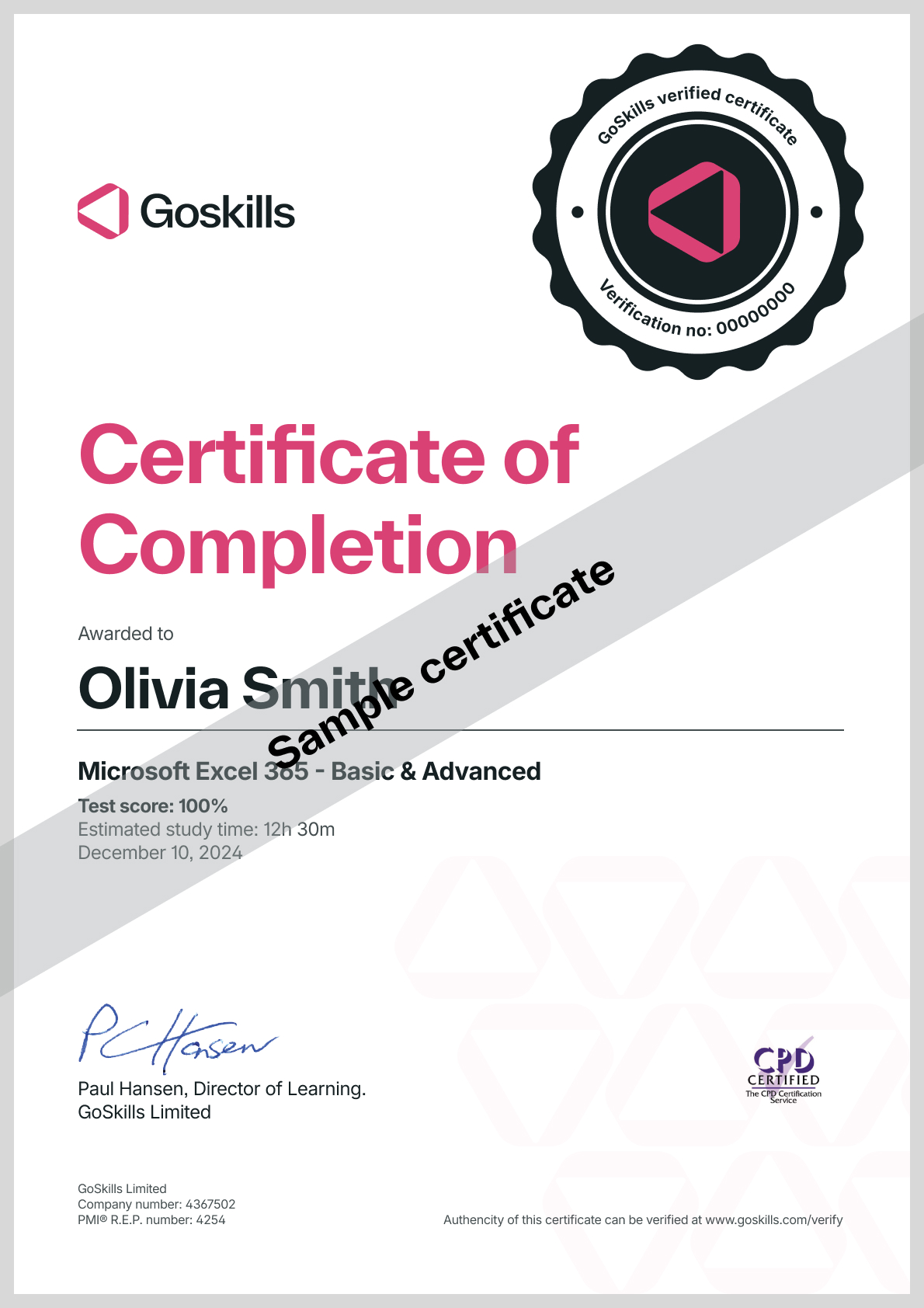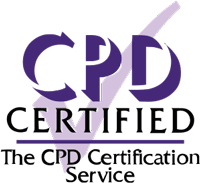Press Releases
Press Releases
Skills you’ll gain
If you want to grow your business and get your products, services or accomplishments noticed, you need to know the right way to get the media’s attention. Press releases are a key marketing and public relations tool to build brand recognition, boost sales and gain credibility in your industry.
Whether you are a business owner, work in PR or marketing, or volunteer at a non-profit, this online course can help you write a successful press release, build solid relationships with journalists, and get published by prominent media outlets.
Highlights:
- 32 practical tutorials.
- How to write an effective press release.
- Press release template and examples.
- Industry pro tips for content and format.
- How to target the right audience.
- Using press releases as a marketing tool.
- How to contact and build relationships with journalists.
- Increasing brand visibility through press releases.
- Using social media for promotion.
- Crisis management communications.
Once enrolled, our friendly support team and tutors are here to help with any course related inquiries.
Syllabus
Download syllabus-
1
The Purpose of a Press Release In a nutshell, the purpose of a press release is to inform the media and the public about noteworthy information that has the potential to entice readers to want to find out more. 3m
-
2
Identifying Your Target Audience Identifying your target audience will help you craft a press release they will be eager to read, thus increasing the success of your press release. 2m
-
1
Using Press Releases as a Marketing Tool Press releases should be a fundamental part of your marketing strategy. When done right, press releases are a very effective way to market your company, promote your brand and sell products with a small cost to your company. 4m
-
2
Monitoring the Success of a Press Release Being able to monitor the success of a press release is very important because you need to know whether your marketing strategy is working, and you need to figure out how you can improve it. 2m
-
3
Know Your Product Inside Out Before writing about your product, you need sufficient product knowledge in order to communicate effectively with your customers. 3m
-
4
The Importance of Teamwork Irrespective of the size of your company or PR team, writing a press release should be seen as a team exercise. 4m
-
5
Get Your Press Release Published In order to spread your news as far and wide as possible, it is crucial to get your press release published. 3m
-
6
Checklist for Contacting Journalists When contacting editors and journalists, you need to get it right on the first attempt. You should use this checklist before sending your press release to editors and journalists. 2m
-
1
Grow Your Company with Press Releases The regular publication of press releases can bring many benefits to your company, financially and in terms of its reputation and popularity. 4m
-
2
Branding Through Press Releases – Part I Branding should be a constant component of your marketing strategy. Press releases are a great tool to build your brand credibility. 5m
-
3
Branding Through Press Releases – Part II Brand credibility depends on two factors, the expertise and the trustworthiness of a brand, both of which can be established and maintained with effective press releases. 3m
-
1
5 Press releases Must-haves There are five aspects you absolutely have to include to make your press release an effective marketing and branding tool. 4m
-
2
9 Press Release Mistakes to Avoid Covering the most common press release mistakes is crucial, as they might jeopardise the publication of your press release or whether it gets read. 3m
-
1
Getting Ready to Write a Press Release – Part I When it comes to getting ready to write an outstanding press release, everything you need to do falls under the big umbrella of research. 4m
-
2
Getting Ready to Write a Press Release – Part II To write an excellent press release, there are four additional aspects you need to research. 3m
-
3
Write Like a Pro – Content Suggestions Writing a professional press release is crucial to increasing your chances of standing out among the many press releases that flood journalists and editors each day. 5m
-
4
Write Like a Pro – Formatting Tips The formatting of a press release needs to convey professionalism and follow industry standards in order for it not to be dismissed outright. 2m
-
5
Capitalize on SEO Opportunities Press releases are not a typical SEO tool. However, if you optimize SEO strategically, press releases can contribute to your marketing strategy. 3m
-
6
Timing Press Releases Strategically The timing of a press release is crucial to its success. Timing will increase both the odds of getting your press release approved for publication and the readership of your press release. 5m
-
7
Learn from Other People’s Mistakes – The Headline It’s crucial to nail the headline, as that alone will determine whether people decide to read on. 2m
-
8
Learn from Other People’s Mistakes – The Boilerplate If written appropriately, the boilerplate has potential for both branding and marketing your company. 2m
-
1
Effective Crisis Management Press releases can be a very effective crisis management strategy. Inadequate response to a crisis can make stakeholders and customers lose faith in the company, so responding adequately to crises is a must. 4m
-
2
Establish Who Your Target Audience Is Once a company has established that there is a threat, it needs to identify the target audience to finalize their communication strategy. 4m
-
3
Crafting Different Types of Crisis Statements There are different types of crisis management statements depending on the stage of the crisis: the most common types are holding statements and reactive statements. 4m
-
4
Determine Your Communication Channels Once you have established your target audience, it will be easier to determine your communication channels because these two factors are related. 3m
-
5
Learning from One Crisis Management Case Study It is important to examine how other companies have dealt with crises in the past and draw conclusions from the outcomes of their choices. 3m
-
1
Establishing and Maintaining Contact with Journalists If you want to ensure your press release gets approved, published and circulated, having an influence with as many reputable journalists as possible is a must. 4m
-
2
Using LinkedIn to Connect with Journalists LinkedIn is currently the top social media platform for professionals, and a recent survey indicates it is the preferred one among journalists. This is why it’s important to learn how can you use it to the benefit of your company 5m
-
3
Become a Journalist’s Ally Becoming a journalist’s ally means that you make their job easier, which in turn will help you by increasing your chances of getting your press release published. 4m
-
1
Final Recommendations Here are a few final considerations that you will need to make when tackling the task of writing a press release and distributing it. 4m
Certificate
Certificate of Completion
Awarded upon successful completion of the course.

Instructor
Adriaan Brits
Adriaan is a marketing consultant and trusted business advisor. With a masters degree in international & digital marketing as well as several years as a senior business partner in UK based training consultancies, he enjoys sharing knowledge that enables businesses and individuals to get improved marketing results.
Today, with clients in the USA, Asia and Europe, Adriaan consults on a variety of business cases and manages several marketing and advertising campaigns. Whether it is aligning copywriting with the culture of in-house sales teams, crafting a new advertising campaign or co-ordinating a research project to understand customer needs better, he believes that by involving all stakeholders in the value chain results can be more sustainable.

Adriaan Brits
Presenter
Accreditations
Link to awardsHow GoSkills helped Chris
I got the promotion largely because of the skills I could develop, thanks to the GoSkills courses I took. I set aside at least 30 minutes daily to invest in myself and my professional growth. Seeing how much this has helped me become a more efficient employee is a big motivation.


